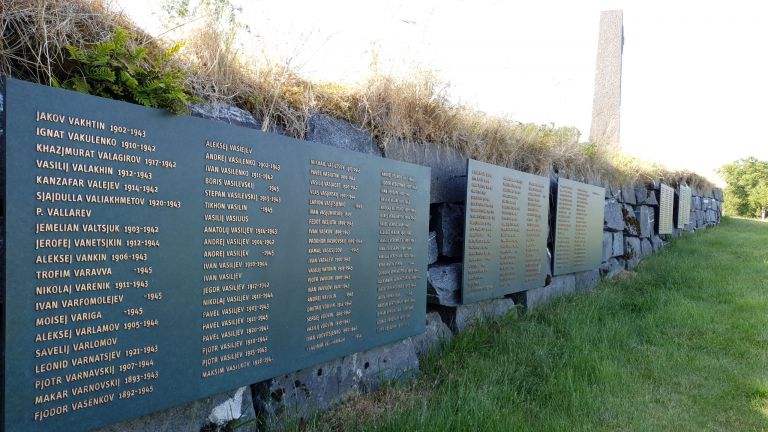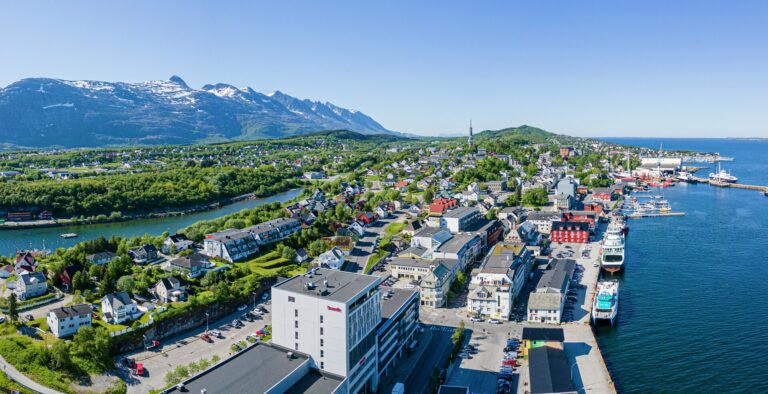Historical experiences in Sandnessjøen
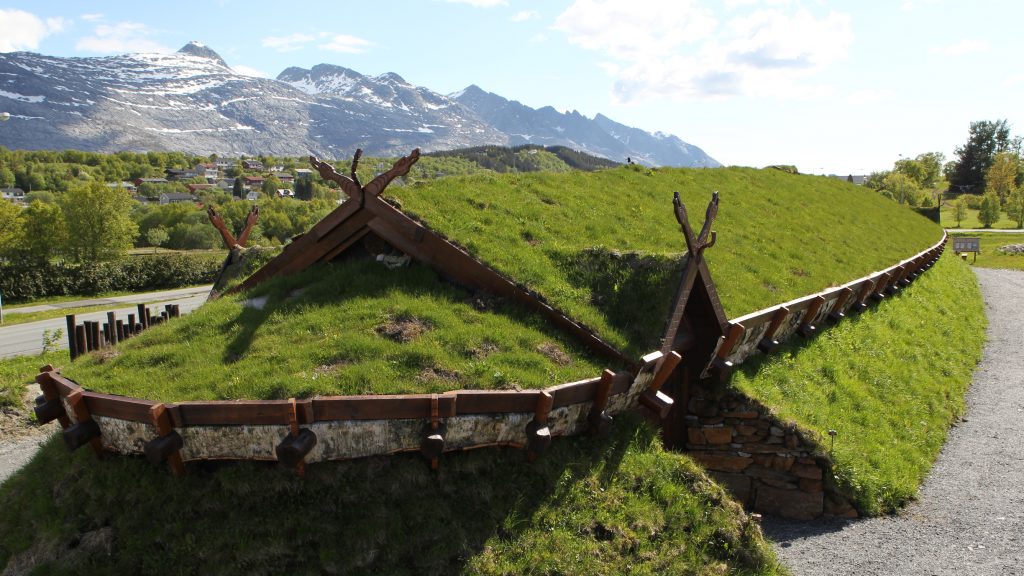 Inge Ove Tysnes / Høvdingsete på Sandnes
Inge Ove Tysnes / Høvdingsete på Sandnes
Sandnessjøen and Tjøtta in Alstahaug are home to some of the oldest settlements in Helgeland. Here, you’ll find a rich cultural heritage spanning from the Stone Age and Viking era to medieval churches and the poetry of Petter Dass.
In the realm of Petter Dass
Just a short drive south of Sandnessjøen along the Coastal Route (Kystriksveien), you’ll find the historic Alstahaug farmstead and the realm of Petter Dass. Set in a rural and scenic landscape at the foot of the Seven Sisters mountains, this area features the old vicarage, the medieval Alstahaug Church, and a striking modern museum that shares the legacy of the famous poet priest. The contrast between the red-painted wooden buildings, the 13th-century church, and Snøhetta’s contemporary museum design is striking.
The museum’s unique architecture and location make it worth a visit in itself. This is a place where you truly walk on historical ground and feel the legacy of one of Northern Norway’s most influential literary voices. Just next to the grounds, you’ll find a scenic walking trail that leads to Kongshaugen, an impressive burial mound that also served as a well-known navigational marker.
Walk in the footsteps of the Vikings
Sandnessjøen is home to the Chieftain’s seat at Sandnes, one of the largest and most powerful in Northern Norway. Here, you can delve into Viking history through stories of figures like Sigrid of Sandnes and Torolv Kveldulvson. Further south in idyllic Tjøtta, the Tjøtta estate was once ruled by Eivind Skaldaspiller and later his son Hårek of Tjøtta. Archaeological finds show that the area has been inhabited since the Stone Age, and the estate was a coastal power center for many years.
Today, the main building on the estate operates as a guesthouse, making Tjøtta Guesthouse a great option for anyone looking for a stay steeped in history. From here, you can also explore the cultural heritage trail “Footprints to the North” (Fotefar til Nord). Along the trail, you’ll pass more than 200 burial mounds, Tjøtta Church, and a monument to Hårek of Tjøtta, who wasn’t just the most powerful Viking chieftain in Northern Norway, but also played a key role in the Battle of Stiklestad. Guided tours are available on request.
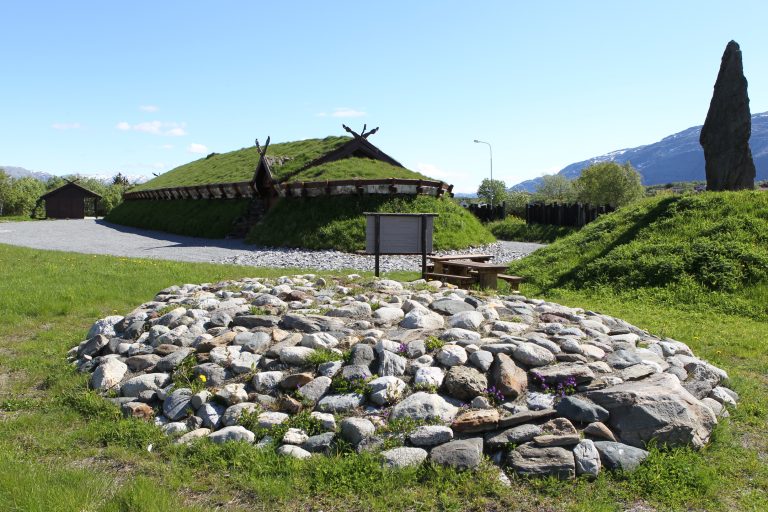
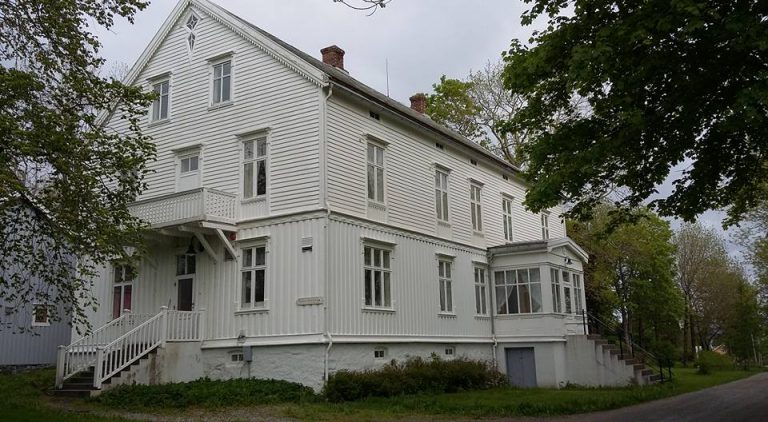
Stone Age rock carvings
Even on the smaller islands off Tjøtta, you can find traces of human activity dating back to the Stone Age. On the tiny island of Rødøya near the Tro ferry quay, you’ll see the rust-red Røyfjellet mountain, a local landmark. Here, there are burial mounds and rock carvings that are around 4,000 years old. The most famous of these was “The Skier,” which inspired the pictograms used during the Lillehammer Olympics in 1994.
You’ll also see many other carvings showing hunting scenes from the Stone Age. Tro is easily reached by boat from Tjøtta, and if you want to see even older carvings, you can take the ferry to Forvik. There, another site features carvings that are up to 6,000 years old. The carvings are easiest to see when the rock is wet, making this a perfect outing for a rainy day.
Please remember that these carvings are protected, fragile cultural monuments. It is strictly forbidden to leave marks or touch the rock surfaces. Thank you for helping us preserve Helgeland’s cultural heritage.
Thank you for respecting the local communities, and for helping us preserve the natural beauty of Helgeland!
Please:
- Strive to leave no trace of your visit. Bring back all your rubbish, including used toilet paper, and discard it in the nearest rubbish bin.
- Plan your toilet visits and use the opportunity when you pass a toilet. In the wilderness, make sure you are not a nuisance to others.
- Respect the local wildlife. Keep a good distance from wildlife, livestock and birds. Keep your dog leashed.
- Respect private property. Keep a respectful distance from houses and cabins.
- Show good boating sense. Keep a good distance from shore and drive at a low speed, especially when you are close to anyone or anything on the water, including birds or animals. Avoid loud and disturbing engine noise. Be aware that some islands and nature reserves are important nesting sites, and that going ashore is prohibited during the nesting season.
- Follow the Norwegian Mountain Code (Fjellvettreglene). Plan your excursion according to the weather forecast, your skills and experience.
- Join a guided excursion or consider hiring an experienced guide, especially when you don’t have sufficient experience or knowledge to guarantee a safe trip.
Medieval churches around Sandnessjøen
In the Middle Ages, Helgeland was a powerful center in Northern Norway, and within a single day trip you can visit several impressive parishes and churches. Three of Northern Norway’s seven remaining medieval churches are located near Sandnessjøen, often referred to as the “Triangle Churches.”
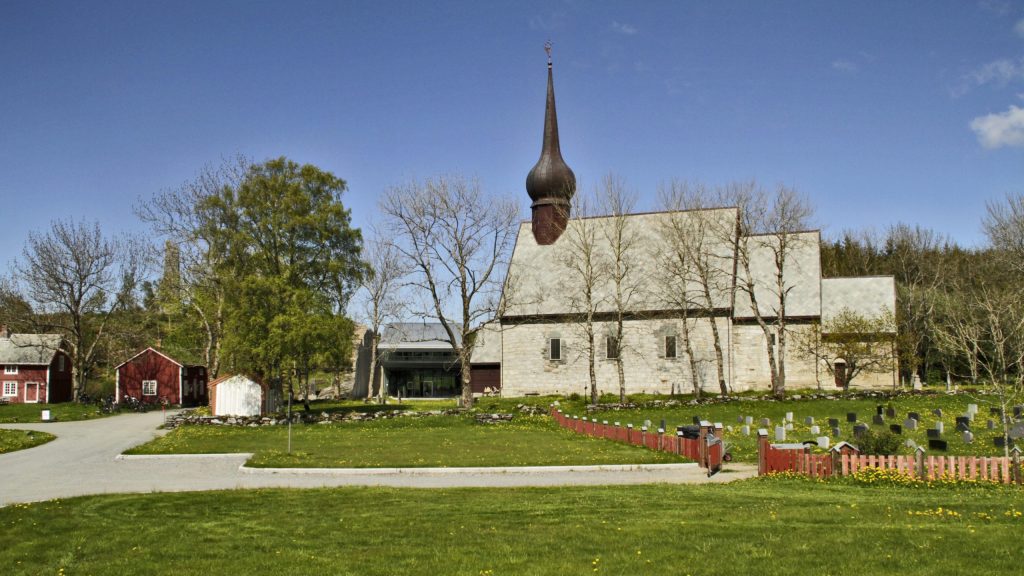 Tore Schöning Olsen
Tore Schöning Olsen
Twenty kilometers south of Sandnessjøen lies Alstahaug Church, the oldest of the three and the final workplace of Petter Dass. A short ferry ride takes you to Herøy, where you’ll find the largest medieval church in the region, often called the Cathedral of Helgeland. From there, you can cross a series of small bridges to reach the neighboring island of Dønna. Close to Dønnes Farm—home to one of Northern Norway’s largest estates in the 1700s—you can join a guided tour of Dønnes Church. This medieval church has been named the most beautiful in Northern Norway and houses the country’s largest and best-preserved crypt. All the churches offer guided tours and provide a unique insight into poetry, history, and art in Helgeland.
World War II heritage
In several places around Sandnessjøen and Alstahaug, you can spot bunkers and other military installations from World War II.
The most notable site is the Tjøtta International War Cemetery, located along the Coastal Route heading south toward Tjøtta. Around 10,000 war victims are buried here. In fact, the cemetery consists of two adjoining sections. One holds the victims of the Rigel disaster—the world’s third-deadliest single-shipwreck—while the other contains the remains of Soviet soldiers gathered after the war. A powerful and thought-provoking place that reminds us of the human cost of war.
You’ll also find overgrown bunkers and a cannon along the trail at Åsen, near Sandnessjøen town center.

